Introduction
Taipei MRT system is the first public transportation system in Taiwan to introduce the concept of “barrier-free facilities.” Through the planning and design of hardware facilities and software services, DORTS strives to eliminate barriers in station interiors and exteriors to enable people with disabilities to share MRT resources with the general public. Further integrating the creation and implementation of barrier-free urban living environments encourages people with disabilities to go outdoors, expanding their horizons and providing equal opportunities for everyone to participate in public affairs.
With the pulse of society and changes in design, and in compliance with the quality policy of "establishing a safe, convenient and high-quality MRT system," MRT barrier-free construction has been gradually revised after years of discussions with group representatives, experts, and scholars. The planning and design of related hardware facilities have been integrated into universal designs, which have been modified in accordance with the basic design concept of "common use by the majority."
The Application of Barrier-Free Environments
Providing a wide variety of facilities such as products, buildings, and environments, etc. that can be used fairly and equally by everyone regardless of their age, disability, nationality, ability, or gender, as a design concept of barrier-free facilities. The planning and design content related to MRT barrier-free environment facilities and equipment which cover areas in the vicinity of stations, inside stations, and within train carriages, etc. are inspected and the connection and application of various facilities, equipment and universal design are discussed and summarized.
(I) Design that effectively conveys important information regardless of usage conditions or the sensory abilities of users
1. Outdoor guidance signs which direct people to entrances/exits, elevators, and signs on poles for barrier-free parking have panel graphics and contrasting colors which make it easy to clearly identify informational content and directional guidance. Furthermore, their heights and designs are also considered to prevent the visually impaired from having collisions.
2. Inside the station, directional sign light boxes on the route guidance paths and passenger information display systems employ layout techniques which make use of graphics, text, and color contrasts to distinguish between different label elements to convey important information and directions.
3. Light boxes and signs are installed at the entrances of public restrooms, and auxiliary signs are posted on platform doors to inform passengers of the location of the barrier-free carriages in order to improve the interpretability of information.
4. Squat and sitting toilet signs are posted on public restroom doors, with their purpose and information clearly marked in Braille.
5. Important train information is provided through voice broadcasts in carriages, on displays screens above doors, flashing lights indicating direction of door openings, and on route maps near train car doors.
(II) Design for Safety and Fair Use
1. Stairs and ramps are designed for level differences at ground entrances/exits or paths. In addition, for safety, warning floor tiles are installed in front of danger zones, and the anti-slip strips on the front edges of stair treads are paved with contrasting colors.
2. In consideration of fair use, elevators, staircases, and escalators are located adjacent to one another and combined with guide paths. Guidance lines for the visually impaired are as follows:
· Medium-capacity system: Ground level elevators → non-paid area → barrier-free ticket gates → elevator in paid area → platforms (the first door of the third car) → MRT trains
· High-capacity system: Ground level elevators → non-paid area → barrier-free ticket gates → elevator in paid area → platforms (the fourth door of the third car) → MRT trains
3. For public facilities such as public phones, drinking fountains, ticket vending machines, and barrier-free ticket gates, fair use is considered to ensure these facilities meet the needs of different users at the same locations.
4. In accordance with usage habits, public restrooms are divided into two types: squat toilets and sitting toilets. Moreover, in consideration of gender equality and multi-purpose use, an independent barrier-free toilet (for people with spinal cord injuries) and a family restroom have been installed.
5. In barrier-free elevators, there are buttons with Braille on the operation panels, and protruding floor numbers and Braille are posted on both sides of the door of the elevators. In addition, wheelchair user operation panels with lowered-height are provided to ensure fairness of use.
(III) Design to provide appropriate dimensions and space to meet needs of movement spaces
1. Barrier-free ticket gates have been installed to widen the passages and lower heights in order to facilitate the smooth movement of wheelchairs, strollers, and luggage, etc.
2. To meet the requirements of wheelchair movement, plan for the necessary dimensions and turning spaces at entrances to facilities such as elevators, ramps, and restrooms, as well as in front of or inside those facilities. Furthermore, the design of empty space below sinks, public telephones, and drinking fountains can improve equipment usage and accessibility.
3. In response to the needs of elderly people, the spaces for public restrooms have been increased, and all toilets and urinals are equipped with handrails.
(IV) Designs that reduce burdens for users, are easy to operate, and allow for errors
1. Designs such as automatic sliding doors for barrier-free and family restrooms, sensor-activated faucets, and automatic flushing toilets can reduce burdens for users suffering from limb atrophy.
2. Touch panels with voice prompts are utilized at ticket gates and ticket vending machines to simplify procedures and reduce errors.
Conclusion
Barrier-free environments have been integrated into the planning and design of universal design concepts in the MRT system. For future promotion and implementation, in addition to complete software and hardware facilities and equipment, concepts and advocacy are also indispensable. Furthermore, ordinary passengers can take the initiative to provide assistance and care when necessary. In the future, MRT facilities will be continually optimized in accordance with the latest regulations and technologies in the belief that the pursuit of a truly barrier-free environment is just around the corner.
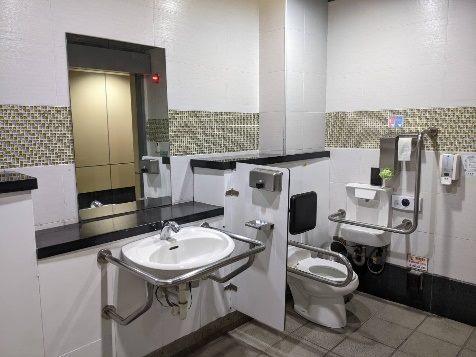
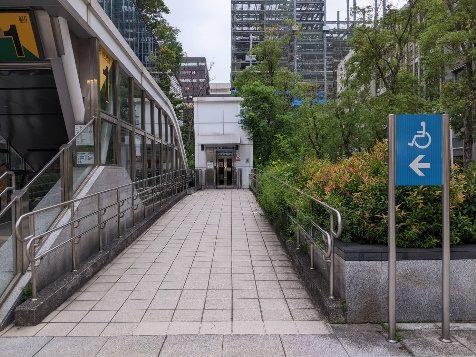
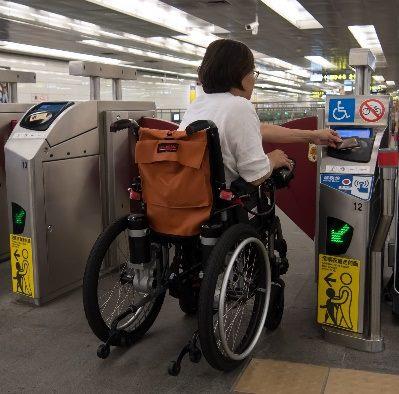
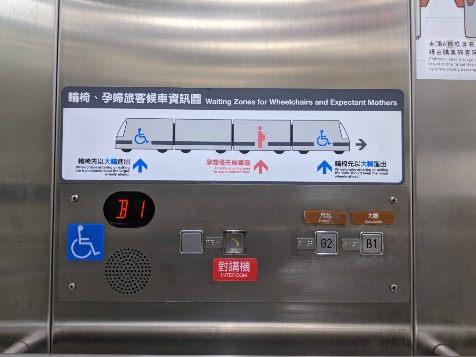
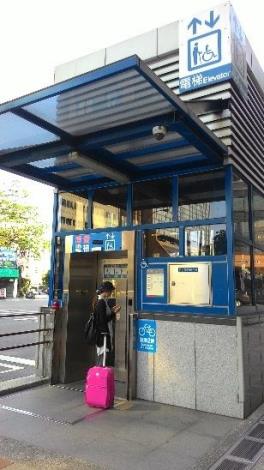
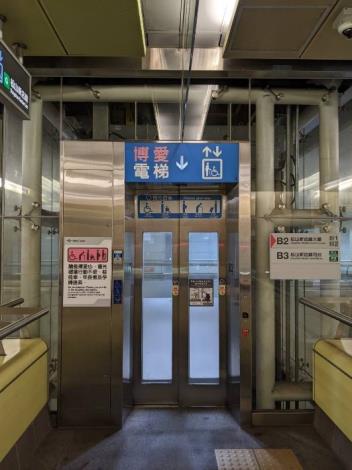
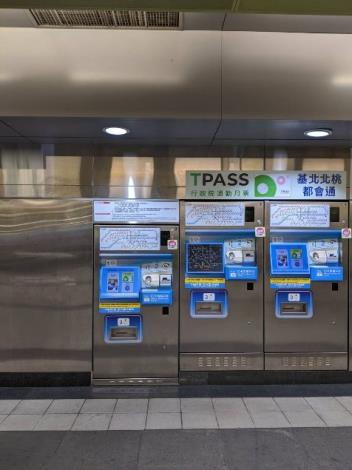
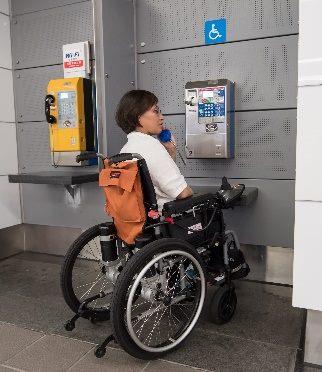
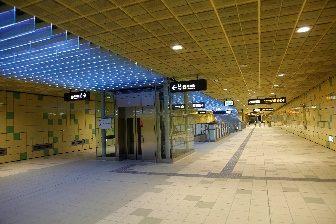

![Taiwan.gov.tw [ open a new window]](/images/egov.png)
